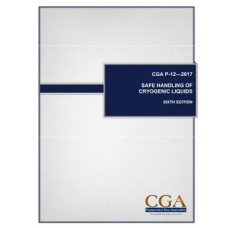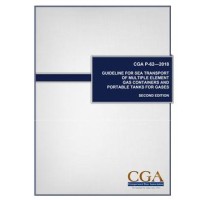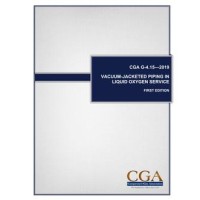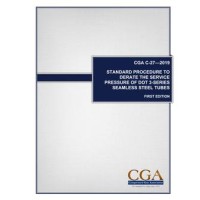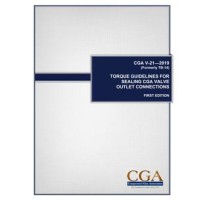CGA P-12
- Safe Handling of Cryogenic Liquids
- standard by Compressed Gas Association, 03/01/2017
- Category: CGA
$84.00
$42.00
Among common industrial gases that are transported, handled, and stored as cryogenic liquids, the most prevalent cryogenic liquids are oxygen, nitrogen, argon, hydrogen, and helium. Three rare atmospheric gases, neon, krypton, and xenon, are also transported, handled, and stored as cryogenic liquids. Although not usually classified as industrial gases, LNG, liquid methane, ethylene, and carbon monoxide are also transported, handled, and stored as cryogenic liquids.
Some gases, including fluorine (boiling point –306.8 °F [–188.2 °C]) and nitric oxide (boiling point –241.2 °F [–151.8°C]), can exist as cryogenic liquids due to their low boiling points. Both fluorine and nitric oxide are extremely reactive and hazardous to handle without extraordinary precautions; they are not normally handled as cryogenic liquids due to their reactive nature; it is more common for them to be handled as gases at ambient temperatures in the compressed gases industry. They are not discussed in this publication due to their specialized nature and hazards.
Carbon dioxide and nitrous oxide are transported and stored as refrigerated liquids, but are not included in this publication.
 PDF
PDF
All of our standards document are available in PDF (Portable Document Format), an electronic, downloadable format.You will be able to download the file in your account downloads.
 Multi-User Access
Multi-User Access
After purchasing, you have the ability to assign each license to a specific user.
 Printable
Printable
At any time, you are permitted to make printed copies for your and your members' reference use.

